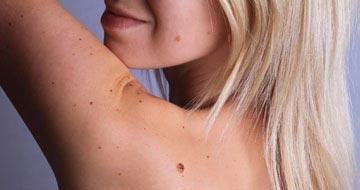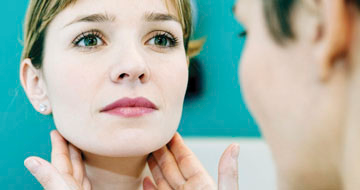
How Should I Remove My Ear Wax? 5 Common Questions Answered
Ear wax is normal, and most of the time it doesn’t cause us any problems. In fact, that sticky yellowish substance helps keep our ears healthy. But occasionally it can build up and make our ears feel uncomfortable, or lead to hearing loss or pain.
So when it comes to getting rid of ear wax, cotton buds are definitely to be avoided and syringing with water is no longer recommended by health professionals. So what should you do if your ears are blocked with wax and it needs to be removed?
What is ear wax?
Ear wax might seem unsightly but it’s actually incredibly useful. This combination of oil, skin cells and a waxy secretion, protects your ears from bacteria and dirt, and acts as a natural lubricant.
Studies have shown that its acidic nature helps protect us from a range of bacteria including staphylococcus aureus and pseudomonas aeruginosa - both of which can cause infections in our bodies - and it also has antifungal properties.
What are the symptoms of too much ear wax?
On the whole our ears are self-cleaning, so it’s best to leave them alone. Sometimes, however, the wax can build up and compact within the ear canal. This can cause symptoms such as:
- Blocked ears
- Dizziness
- Hearing loss
- Itchiness
- Eczema
- Earache
- Tinnitus - a ringing or buzzing in your ears
How should you get rid of ear wax?
It’s important not to try and remove the wax yourself with a cotton bud, as you could push it deeper into the ear and even damage your eardrum. Syringing with water, another home remedy, should also be avoided. According to guidelines from the National Institute of Health Care Excellence (NICE), it can ‘potentially harm’ your ears.
Your GP may use an electronic irrigator, a more sophisticated form of the syringe. However, ear specialists, including the association for ear nose and throat doctors, ENT UK, consider microsuction to be the safest and most effective way to remove ear wax blockages.
What is microsuction ear cleaning?
Microsuction consists of a tiny suction tube accurately guided by a specialist ear microscope to remove your wax build-up. The gentle suction device works in a similar way to a vacuum cleaner and although it can be slightly noisy, it is a fast and painless procedure.
No liquids are used so it is less messy than irrigation and has a lower risk of infection, plus treatment typically takes no longer than 30 minutes.
Is it a good idea to see a specialist for microsuction?
The short answer is yes. Your ears are precious, and a clinical audiology specialist can make sure your symptoms - such as hearing loss or pain - are not being caused by other ear conditions.
Dr Alam Hussain, a Consultant Audiologist at The Medical Chambers Kensington, always recommends having a consultation with an ear specialist before beginning any microsuction procedure:
“A clinical audiologist should examine your ears thoroughly, as well as ask questions about your previous ear conditions and your symptoms.” He adds: “It can be tricky with so many budget options out there, but unlike these, here at The Medical Chambers you will always be treated by an audiology consultant, who will be a highly skilled clinician, experienced in handling the precision technology that is used to carry out the microsuction procedure.”
To find out more about microsuction ear wax removal or to make an appointment with a Consultant Audiologist, please call 020 7244 4200 or make an appointment online.












